
Research Areas
Our Impact
In Earth and Atmospheric Sciences, we are developing the understanding necessary to address environmental challenges and a sustainable future.
The research areas in Earth and Atmospheric sciences span from studying how volcanic ash from past eruptions affected the Earth, to exploring the possibility of heating Cornell's campus with deep geothermal energy.
Learn more about our research

Geophysics and Seismology
Includes deformation observed from space, upper crustal structure of late Cenozoic Mountain belts, active source & earthquake seismology, geomechanics and the Cornell Andes project.

Tectonics and Structural Geology
A hallmark of Cornell research in solid earth sciences has been the tight integration of geophysics and geology. That tradition continues today with expanding research programs in the fields of active tectonics and structural geology.
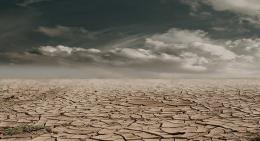
Climate and Paleoclimate
Environmental consequences of climate change and miocene paleoclimate history.
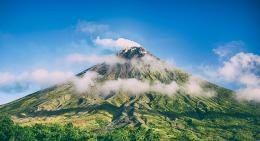
Geochemistry, Petrology, and Volcanology
Includes origin and evolution of continental crust, mantle evolution, Cornell Andes project, biogeochemistry, ore deposits and volcano geophysics.
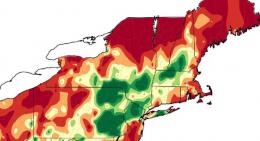
Meteorology and Applied Climatology
Topics include mid-latitude synoptic weather systems, statistical weather forecasting, application of climate information to decision-making, atmosphere/biosphere interactions, and climate impact assessment.
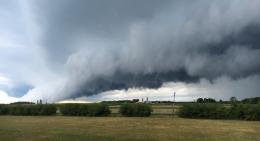
Atmospheric Science and Climate
Study of climate dynamics, climate variability, weather and climate prediction, climate change, weather extremes, air pollution, atmospheric chemistry including aerosols, the hydrological cycle and atmosphere–ocean and atmosphere–land interactions.
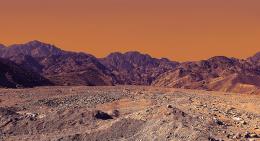
Paleontology, Sedimentary Basins and Surface Processes
Includes the Cornell Andes project, environmental biophysics, biogeochemistry program, earth energy systems, paleontology, paleobiology, conservation paleobiology and paleoclimate history.

Biogeochemistry and Climate Interactions
Includes geochemistry, atmospheric chemistry, ecohydrology, soil biogeochemistry, coastal systems, nitrogen/climate/forest interactions, and land surface interactions.
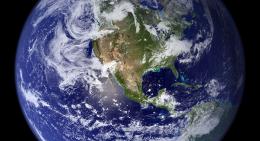
Earth System Science
Spans knowledge across the lithosphere, biosphere, atmosphere, cryosphere and hydrosphere using laboratory, field, remote sensing and modeling studies to promote understanding.

Space and Planetary Sciences
Includes extrasolar planets, planetary atmospheres & giant planets, planetary geology & geophysics, small objects in the solar system, radar studies, ring dynamics, and space physics.
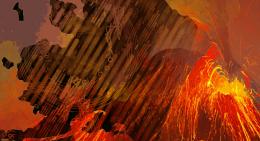
Natural Hazards
Researchers in this area work on all aspects of natural hazards, including the forecasting of catastrophic events, risk management, and the nature of precursors of natural and technological hazards.

Ocean Sciences
Includes near-real-time modeling of Right Whale foraging areas in the Gulf of Maine, eddy-wind impacts on global ocean primary production, North Atlantic Ocean marine ecosystem research, phytoplankton blooms research, and tracking network interannual variability of North Atlantic spring.
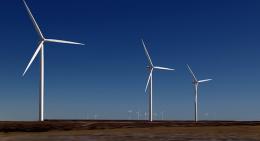
Energy, Mineral and Water Resources
Topics include geothermal, fossil fuels, wind power, biofuels, ore deposits, internal and external crystallography, crystal chemistry, optical mineralogy, sustainable development, waste water, water supply, and reactive nitrogen.

Geophysical Fluid Dynamics
Includes atmospheric dynamics, mantle dynamics, turbulence, crustal fluid motions and plasma physics.

